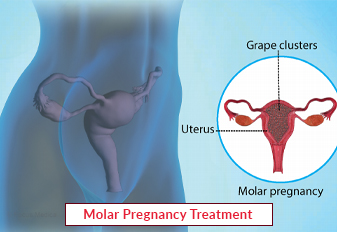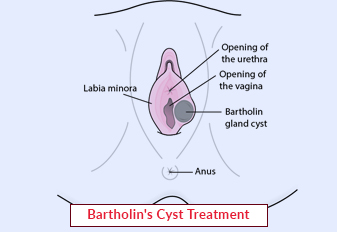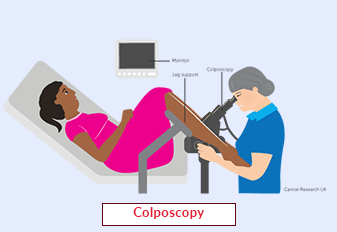Molar Pregnancy Treatment

Molar pregnancy, also known as gestational trophoblastic disease, is a rare condition that occurs during pregnancy. It involves the abnormal growth of trophoblastic cells, which are responsible for the development of the placenta. Molar pregnancy requires prompt diagnosis and appropriate treatment to prevent complications and ensure the well-being of the patient. In this article, we will explore molar pregnancy treatment options, the significance of early intervention, and the procedures involved in managing this condition.
Book an AppointmentAbout Molar Pregnancy Treatment
A molar pregnancy occurs when there is an abnormal fertilization of an egg, resulting in the formation of a nonviable pregnancy. Instead of a developing fetus, a mass of abnormal trophoblastic cells forms in the uterus. There are two types of molar pregnancy: complete and partial. In a complete molar pregnancy, there is no normal fetal tissue, while a partial molar pregnancy may contain some fetal tissue.
Procedure of Molar Pregnancy Treatment
-
Diagnosis:
-
Molar pregnancy is typically diagnosed through a combination of clinical symptoms, physical examination, and ultrasound imaging.
-
Blood tests, including measurement of beta-human chorionic gonadotropin (β-hCG) levels, are performed to confirm the diagnosis and monitor the response to treatment.
-
Evacuation of the Uterus:
-
The first step in molar pregnancy treatment involves the evacuation of the uterus. This is done through a procedure called dilation and curettage (D&C) or suction curettage.
-
The patient is typically placed under anesthesia to ensure comfort during the procedure.
-
Using specialized instruments, the cervix is dilated, and the abnormal tissue is gently removed from the uterus. This procedure is performed in a controlled manner to minimize the risk of complications.
-
Follow-up Care:
-
After the evacuation, close monitoring of β-hCG levels is necessary to ensure that the trophoblastic tissue has been completely removed.
-
Regular follow-up visits are scheduled to monitor β-hCG levels and assess the patient's recovery.
-
In cases where molar pregnancy has advanced and there is evidence of persistent trophoblastic disease or malignancy, further treatment such as chemotherapy may be required.
-
Future Pregnancy Planning:
-
Following successful treatment, it is important for patients to discuss future pregnancy planning with their healthcare provider.
-
Depending on individual circumstances, it may be recommended to wait for a certain period before attempting pregnancy again. This allows the healthcare team to closely monitor the patient's recovery and ensure that the risk of recurrence or complications is minimized.
Require Assistance?
Get A Quick Callback From Our Healthcare Experts






